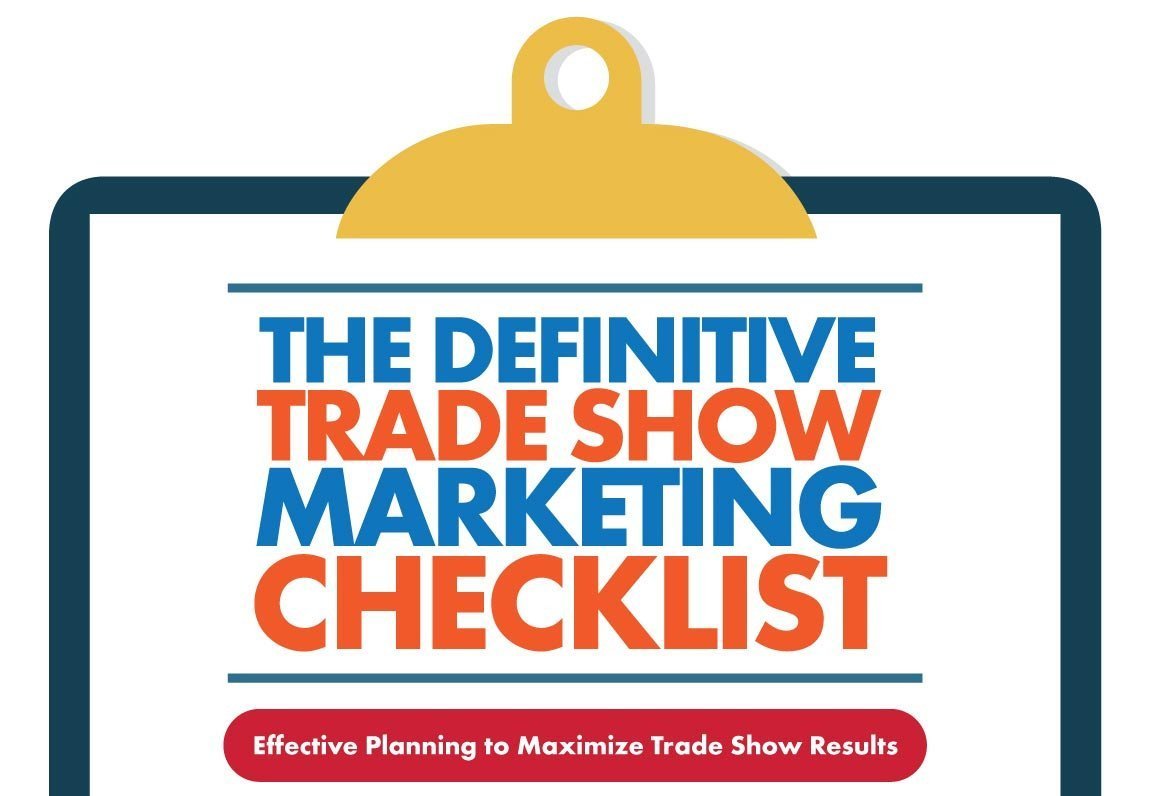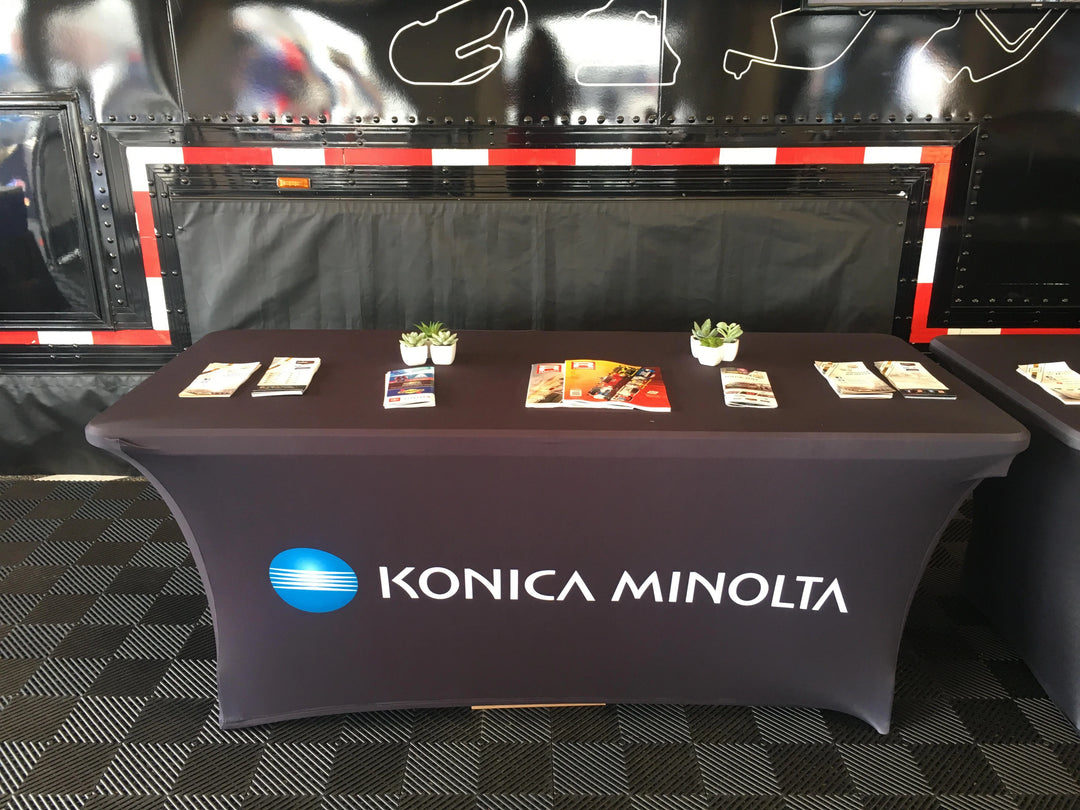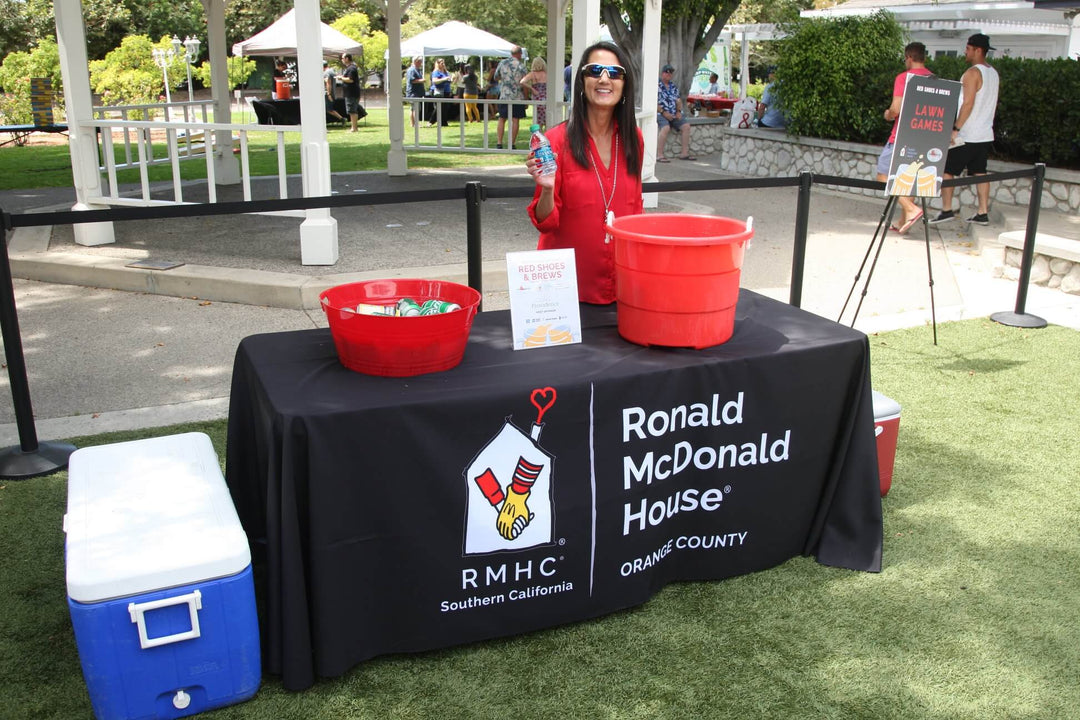
Trade shows are a strategic, powerful opportunity for businesses of all types to increase their visibility within a given industry. With millions of focused individuals attending trade shows each year, there has never been a better time to grow your business or spotlight your organization than now. This type of direct-marketing activity can pay dividends for your bottom line but only if you strategize, plan and create an approach that will maximize your time at the event. Discover the key steps to trade show success below, organized as a checklist for marketing your business.
Grab the free printer-friendly PDF version right here: Trade Show Marketing PDF Checklist
Before the Trade Show

While creating a lasting impression and setting appointments for future business are cornerstone activities for any trade show attendee, the real work starts way before the event center’s gates open. Several weeks to a month or more before the trade show, consider the following key concepts:
1. Have I chosen the right show?
Trade shows aren’t all created equally, and one show may be the perfect venue for a certain business and, simultaneously, the absolute worst location for yours. Ensure that the show aligns with your product or service, make sure that it is in the right geographic location (for example, would you plan a new tractor reveal at a machinery show in New York City?) and learn about the actual event you plan on attending. Has it been in production for several years to ensure good foot traffic, and how successful were the previous shows?
2. Are my goals and objectives clear?
Many trade show exhibitors show up with the intention of simply making connections and attempting to close deals. Instead, you’ll want to have a crystal clear idea of the key performance indicators and overall metrics for the event well before you arrive. Do you want to simply generate leads, or are you looking to close business over the counter? Are you excited to introduce a new product or service, or are you really looking for an excuse to spot and build upon industry trends?

3. Is my exhibit as effective as possible?
This consideration starts with the actual size of the booth you’ve reserved. Ensure that it is large enough for you to effectively connect with prospects and clients, while compact enough to minimize dead or unused space. If possible, pick a high-traffic location that will make the most of your colorful signage and other marketing collateral.
4. Am I prepared for the show?
Preparation is incredibly important. You might be able to source extra power strips, supplies, or other necessities from the event organizers but be prepared to spend a lot of money for the convenience. Instead, make a list of the electrical components, office supplies, tools or equipment, and even personal hygiene items and then check it twice.

5. Have I effectively promoted the event?
Invite clients and prospective customers early on, try to obtain a list of registered attendees, and build awareness on social media or through press releases. You can even create pre-event campaigns to build anticipation of the event.
During the Trade Show

Once the show is underway you must remain committed to providing the absolute best experience for trade show attendees. During the show, ask yourself the following key questions to improve your odds of success:
1. Do I have the right people in the booth?
Believe it or not, one of your biggest concerns when marketing at a trade show should be the folks working your booth. You can have the most stylish of displays, the most innovative assortment of products, and compelling, value-oriented pricing, but if your team members are low energy, disinterested, or simply do not have the relationship-selling training to maximize this opportunity, you’ll fail. Two staff members per 100 square feet of booth space is ideal, and choose people that are engaging, approachable, and client-focused to manage your space.
2. Am I working efficiently?
A trade show is, by design, an exercise in efficiency. Hundreds or thousands of industry-focused individuals will be walking by your booth over the course of one or more days. But are you working efficiently to capture as much potential business as possible? Consider using lead management software to catalog prospects and set up displays and supplies ahead of time to maximize productivity at the event.
3. Do I stand out from the crowd?
You will see other businesses like yours at a trade show; after all, trade shows are designed to connect like-minded individuals from specific industries. But this can also work against you. Your competition will likely be in attendance, and most marketing experts indicate that you’ll have just five to fifteen minutes to make a lasting impression. Prize drawings or memorable promotional items can help to draw in potential clients.
After the Trade Show

Once the event center’s doors have closed and the trade show is over, you’ll want to continue the hard work you put forth during the event. To maximize your trade show experience, consider the following key points:
1. Continue to promote
Instead of looking at the trade show as the end point, think of it as the spark that can ignite future business. Fan the flames and reach out to attendees with specialized trade show-based discounts, then continue to promote the event on social media.
2. Measure success
Based on the planning session you had before the event, take a moment and measure your results against the predetermined goals. Did you receive as many leads as you planned? How many sales were closed immediately at the show? Did this event provide a return on investment that may trigger interest in future shows?
3. Following up
Converting leads into sales is the ultimate goal of those who attend trade shows. Studies show that more than half of attendees will buy after the show is over, so proper lead management is key. Use a lead database system, send follow-up notes or thank you cards, or even pick up the phone and call each attendee. Personalization will increase the odds of an appointment.
Key Components of a Trade Show Booth

First impressions matter at a trade show, especially when your competition may be just an aisle away. Take time and create an appealing and inviting layout for your booth, including pop up displays, retractable banners, custom table covers, podiums with built-in branding elements, and a stunning display wall. Work with an experienced vendor to help you create a compelling look that will draw prospects to your booth with ease.
Helpful Tips from the Experts
Maximizing your trade show experience is all about generating a significant return on investment. Our panel of expert marketers deliver tips to increase ROI and add value to your trade show activities.
 Dan Scalco, digitalux.co
Dan Scalco, digitalux.co
Aligning the trade show strategy with the company's, select the right show and budget based on strategy, and measure KPI's properly.
 Barry Moltz, barrymoltz.com
Barry Moltz, barrymoltz.com
Be prepared. Know who you want to target at the show. Don’t wait for them to come to you, but instead seek them out for a meeting and bring them back to the booth!
 Ruth P. Stevens, ruthstevens.com
Ruth P. Stevens, ruthstevens.com
Set as many appointments in advance as you can, so your limited time at the show is well used and ensure that your post-show follow-up process is sound.
Add this Infographic On Your Site
Click here to download the full infographic or use the embed code below to add it to your website.



